Clip: Làm thế nào để trở thành một KTS? | How to architect?
Phần 1 | Part 1
5 kỹ năng để trở thành một KTS | In a five part series talking about whether drawing skills are required to become an architect:
1. Luyện vẽ | Drawing course
2. Bắt đầu vẽ phác mọi thứ mà bạn thấy | Start sketching everything you see
3. Học cách sơ phác | Learn to draft
4. Tham khảo công việc của các KTS khác | Look at other architect's work
5. Học người nổi tiếng | Study the masters.
Part 1 in a seven part series where we learn how the architect invents by creating something of new utility. He is also a designer and a translator of the owners intentions.
Phần 2 | Part 2
Hi. My name is Doug Patt. And this is So You want to be an Architect? A seven part series exploring the architect. This is lesson two. What does an architect make? On the surface this sounds like a dumb question. An architect makes buildings. But if you look below the surface youll see that the answer is much more meaningful. Ralph Waldo Emerson (who lived from 1803 1882), was a well-known writer, philosopher and poet. He said of Greek architecture, it is the flowering of geometry. Translated, Emerson was referring to the Greek architects elaboration and mastery of shape and form. Anne Louise Germaine de Stael (who lived from 1766 1817) is a little known Swiss author who lived in Paris and abroad. She is quoted as saying architecture is frozen music. In simple terms her comment means that architects make a kind of static harmony of sound. Philip Schaff (who lived from 1819 1893) was a Swiss born, Protestant theologian. He said, architecture is a handmaid of devotion, a beautiful church is a sermon in stone. Elaborating a bit on Shaffs comment we can imply that architecture, like a sermon, is also a kind of message or story. And finally John Ruskin an author, poet and artist (who lived from 1819 1900) said of architecture that the mere sight of it, may contribute to (his) mental health, power and pleasure. In other words architecture is an Inspiration. So, lets move beyond the specifics of what each person what referring to and draw some general conclusions. In simple terms, these four individuals tell us then that an architect makes form, stories, music and inspiration. So lets take a look at a couple examples of each. When I think of architecture as shape or form I think of Frank Gehry, famous for pushing the limits of modern technology while creating monuments to modern engineering and form making. Some examples of this are his museum in Bilboa, the Stata Center or his Disney concert hall. When I think of architecture telling me a story I think of Frank Lloyd wrights Guggenheim museum that tells a story from the outside about how one moves through the spiraling galleries on the inside. Or the Pompidou center in Paris that tells a color-coded story from the outside about the mechanical inner workings that make this machine like building function on the inside. When I think of architecture as beautiful music I think of the buildings of Eero Saarinen whos work resembles naturally soaring forms as they strain to hit the high note or the way Frank Lloyd Wrights falling water harmoniously blends into nature and almost sings with the waterfall it sits above. When I think of architecture as an inspiration I think of the great cathedrals of Europe & the US or the great skyscrapers of our cities. So while some may think that architecture is just about making buildings you know that making architecture is about making much more than just a box with windows. Its about making form, story, music and Inspiration. And that concludes the second part of our video series so you want to be an architect. Im Doug Patt. See you next time on how to architect.
Phần 3 | Part 3
Hi. Im Doug Patt and this is So you want to be an architect. A seven part series about the profession of architect. This is part 3. What does an architect learn? Architecture is an amazingly complex field and an incredible education in itself. Theres a lot that goes into any building and the architect should know their way around every inch. The architect also needs to understand people and for that matter society. So lets take a look at some interesting opinions about the spectrum of subjects an architect learns about in a lifetime of practice. Plutarch, a greek historian and writer once said, Philosophy is the art of living. Architecture surrounds us all and in a way dictates or reflects our way of life. Weather its a TeePee or a mansion, buildings represent what we believe is truth. Mark Twain said, clothes make the man. Naked people have no influence in society. This is funny but also true. Just as we need clothing, we need buildings that clothe us. The sociology of man is reflected in our buildings in what we believe, how we work and how we live. Albert Schweitzer (1875 - 1965) once said, Man is a clever animal who behaves like an imbecile. Now we all know weve got good sides and bad, but the reality is the psychology of man is manifest in architecture from prisons to massive stadiums. We make what we need to accomodate who we are. Stephen Nachmanovitch a musician, author, computer artist, and educator once said, Creative work is play. It is free speculation using materials of one's chosen form. Material Science is a critical part of the architects repetior. Were free to choose our palate, but it must be chosen wisely. From the challenges that natural forces impose to the possibilities of all things unique. Henry G. Stott once said. Enineering is (the art of organizing and directing men and) controlling the forces and materials of nature for the benefit of the human race. Although architects dont have to be engineers they must think like one as well as understand in the engineering principals behind the calculations. Albert Einstien said, Do not worry about your difficulties in Mathematics. I can assure you mine are still greater. This is no doubt true when it comes to the calculations of an architect. That being said, all buildings are described in numbers in order to be constructed, making mathematics a cornerstone of architecture. George Croly, an irish preacher once said, All history is but a romance, unless it is studied as an example. The quote implies that one must truly understand history in order to make it more than an idea. Architects must also know their history of both art and architecture. They do this in order to make it a part of the work they are doing as well as part of making great work. Noelie Altito once said, The shortest distance between two points is under construction. Simply put, Most of the architects career is spent during construction and this is where the architect can learn the most. And finally, Frank Zappa (1940 1993) said, Art is making something out of nothing and selling it. While the quote is a bit tongue in cheek this is what architects do. Only their art is architecture and at the end of the day its all about making something out of nothing. Using their creative skills to sketch, draw, paint, model, render, create and design. So, if your wondering what you might learn as an architect, its probably about Philosophy, Sociology, psychology, material science, engineering, mathematics, History, construction, and in the end making something out of nothing. So thanks for checking out so you want to be an architect, part 3. Im Doug Patt. See you next time. Also be sure to check out www.abirdfeeder.com for the most unlikely invention created by this architect.
Phần 4 | Part 4
Hi. I'm Doug Patt and this is So you want to be an architect, Part 4. What does an architect use? Aside from the wide variety of items an architect uses to physically create the drawings, specifications, models, and paperwork necessary to make buildings the architect uses elements of style to create buildings. Narrowed from a gamut of items I believe you could say the elements of style, when it comes to buildings are scale, form, complexity, and material. Lets look at examples of each. Much has been made throughout the history of art and architecture over proportion from DaVincis canon of proportions to Le Corbusiers modular man. How buildings reflect & accommodate human scale is a key component of architects work. From the beginning architects like Palladio used ratio and proportion found in nature to create harmonious buildings. From Frank Lloyd Wrights cozy interiors to the grand palace of Versailles. to the Hancock skyscraper of Boston who's scale overwhelms the famous trinity church but was designed to reflect it's beauty nonetheless building can be scaled to the human figure or scaled in a more ambiguous manner. Ambiguity is key for Jean Nouvels Arab world institute where the elements of the elevation make scale extraordinarily vague. So scale is one way architects relate a building to the user. In the last few decades architecture has increasingly been able to take advantage of advanced technologies that have allowed them to build with incredible freedom of form. From Norman Fosters Hearst tower in New York city or his Gherkin skyscraper in London to the Millau viaduct in France, from Rem Koolhaas seattle central library to his CCTV building in china. From Santiago Calatravas Milwaukee art museum to his Hemispheric in Spain. With Herzog and de Meurons birds nest arena in China or Renzo Pianos Nemo museum in Amsterdam, architects today work within a realm of form perhaps never imagined before. A buildings aesthetic complexity is also an element that portrays a certain idea or ethos. From the classicism of Bernard Maybecks palace of fine arts, or Louis Sullivans intricate ornamental stone detailing, the work reflects the spirit of an era. Theres detail that might emphasizes verticality as in Raymon hoods Chicago tribune building or Cesar Pellis Patronis towers in Malaysia, or horizontality as in Frank Lloyd wrights prarie style homes. A building can also be ornamental in a unique way like Antonio Gaudis buildings or simplified to only steel and glass as in Mies Van Der Rohs aesthetic. They can also be free of detial like Le Corbusiers La tourette or Louis Kahns Salk institute. Lastly, every building ever made is made from something. The material an architect chooses to build with is affected by both cost and intent. From IM Peis Louve pyramid and Hong Kong towers of steel and glass to the concrete work of Zaha Hadid, from the cold steel exteriors of Sir Richard Rogers in the Lloyds of London to the cool white porcelain tiles of Richar Meier or the stone facades of Herzog and de Meuron. Architects continue to work with great freedom in the realm of material, which only promises to become even more advanced and unlimited. Its up to the architect to take the meaning and intent of their commission and have the architecture reflect that in some way. Using scale, form, complexity and material the architect creates a framework for style. And that concludes the fourth part of the video series so you want to be an architect. Im Doug Patt. See you next time.
Phần 5 | Part 5
Hi. Im Doug Patt and this is so you want to be an architect part 5. What does an architect ask? Im frequently asked, Where do I start when I design something. I think the answer lies in four simple words. Who, What, Where & Why. The answers to these simple word questions give us parameters - those parameters create a framework for design. A number of years ago I had a good friend who worked for the production designer of Star Trek, The next generation, Herman Zimmerman. I thought it be amazing to work anywhere near that project so I decided to try and get Mr. Zimmermans attention. The way I thought of doing this was to design a house for Mr. Zimmerman and get him the design through my friend. Now, I thought the house I designed might be fun to look at in terms of our fours simple word questions. The first question I asked was Who? That who was Mr. Zimmerman and who Mr. Zimmerman is would affect my design for him. Now he was obviously way ahead of his time in terms of technological thinking, aesthetics, materials, & space travel for that matter, after all, he & his team were, in a way, setting precedents for the future of mankind. So the who in this case informed the futuristic look and feel of the building? The next question I asked was what? That is, what am I designing? The what in this case was a house because thats what I thought would be the most compelling way to get Mr. Zimmermans attention. A house no matter who its for has many of the same rooms and requirements. But since Mr. Zimmerman world was all about people living on space ships my design would take its cue from this typology. I decided it should appear like its flying, be streamlined, & composed of many parts like the ships seen on TV & film from battlestar glactica, star wars, starblazers or star trek. The next question is where? Now, most people dont have the luxury of picking a site - but, because this was fiction I did. The site can tell you a lot about what you should be building there, from the suns location to the prominent winds, the foliage and the topography. Now Im fascinated by cliff houses, as you can see in my video, how to design a cliff house. So I set the house on a cliff and to that end set the entire house on a single steel I-beam that cantilevered out from the sheer face of the cliff. The design had to be extremely dramatic and therefore fitting for the imagination and vision of such a person. And the last question one might ask is, Why? I think of this question as more of a subjective intangible. That is, why does the design look and feel like it does? Everybody has opinions and methods that make a design unique to them. Thats why theyre subjective and thats why theyre a bit intangible - because its not always easy to explain why we all do things the way we do. At the end of the day the why, in this case, was really answered by asking the first three questions. In my mind only a house that looks like a spaceship, acts like a spaceship and feels like a spaceship could be good enough for someone whose life revolves around space. So there you have it, a framework for design. If you want to design anything, from a product to a house to who knows what, you can start by asking yourself who, what, where and why. And that concludes; so you want to be an architect, part 5. Im Doug Patt. See you next time.
Phần 6 | Part 6
Hi. Im Doug Patt and this is so you want to be an architect part 6. What does an architect mean? When I was in high school we read the grapes of wrath. Unfortunately, I only read the cliffs notes. When we discussed the book in class I was lost but what I remember changed my views about meaning forever. In the beginning of the book John Steinbeck devotes an entire chapter to the trials and tribulations of a turtle crossing a dusty high way. The turtle is a symbol or metaphor for the main characters of the book. Even though the chapter seems incredibly out of place, the metaphor adds further illustration to the lives of the main characters. Steinbeck used metaphor to accentuate and add meaning to his story. Life is about meaning. Whether its finding meaning in nature, belief, others, objects or our present, past and future. Victor Frankl, a writer and Nazi concentration camp survivor said, "We can discover this meaning in life in three different ways: (1) by creating a work or doing a deed; (2) by experiencing a something or encountering someone; and (3) by the attitude we take toward unavoidable suffering." Just as Frankl said, artists, writers, sculptors, painters, designers, & architects find and impart meaning through creating a work. Those that inhabit or view the work find meaning by experiencing it. Now, buildings have meaning whether we see it directly or not. Architecture can have meaning simply by virtue of its size, shape or location. The world trade centers stood for, among other things, democracy and capitalism even though it didnt say so on their facades. A monument may stand for important events or the great achievements of people and on a smaller scale a home may stand for working class or well to do. The architect may also find & portray both theory and meaning by using the language of a particular style such as art nouveau, futurism, modernism, brutalism, postmodernism or de-constructivism. Another way the architect may incorporate meaning is through careful evaluation of the project and development of themes and ideas. These are then carried through the architecture in a multitude of physical ways, such as in the forms, facades, windows, openings, materials, floors, displays, views, construction and similes. Now everyone sees through their own eyes what theyre so inclined. That means the architect cant dictate the message they intend but they can use meaning to add a kind of foundation of substance to their work. That foundation may ultimately enrich the architecture and perhaps even ones experience just as Steinbecks turtle does for The Grapes of Wrath. And that concludes; so you want to be an architect, part 6. Im Doug Patt. See you next time.
Phần 7 | Part 7
Hi. Im Doug Patt and this is Part 7 and the final episode of So you want to be an architect. Architecture like many things is about many things and Im sure Ill leave some things out but here goes... Architecture starts with Getting into school then staying in the major. Working harder than youre used to. All-nighters. Problem solving. Fine tuning bad habits. Getting sidetracked. Learning how to draw and make models. Learning how nervous you can get in front of an audience. Maybe Failing. Probably Passing. Getting a degree or maybe a couple. Debt. Traveling. Graduating. Working. Not getting paid so well. Wondering why youre not an investment banker. Finishing the intern development program. Studying for the seven parts of the exam. Glad its not four days like it used to be. Taking the test. Failing the one part you thought youd never fail. Taking it again. Wondering why you took the exam. Working for someone. Getting clients. Keeping clients. Documenting the site. Analyzing the site. Evaluating zoning codes. Listening to the client. Dreaming. Inventing. Learning. Questioning. Studying the program. Creating a schematic design. Making changes. Developing the design. Making changes. Learning how to work with other people. Evaluating your compliance to zoning and building codes. Making changes. Wondering why you have clients. Working with Structural engineers. Mechanical engineers, Electrical engineers, audiovisual engineers, Landscape architects, Interior designers, construction managers, owners representatives and general contractors. Coordinating professionals. Drawing plans, elevations, building sections, walls sections, and details. Redrawing the drawings you just drew. Writing specifications. Staying up late. Meeting with the clients. Making changes. Preparing the bid documents. Reviewing the bids. Decision-making. Observing construction. Problem solving. Meeting with the client. Arguing with the contractor. Learning a lot. Teaching a little. Running site meetings. Making changes. Losing sleep. Creating change orders. Getting an earful. Doing punch lists. Approving final payment. Working for your self. Hiring people. Firing people. Learning the law. Working at eliminating bad habits you acquired when you were in college. Putting it all together. Making money. Working harder. Dreaming of change. Inventing. Aspiring. Procreating. Consuming. Getting what you always wanted. Not really. Living with what you got and hopefully needing nothing more. And that concludes; so you want to be an architect, part 7. Im Doug Patt. See you next time.
- Sáng tạo trẻ: Nhà nổi lưỡng cư 99
- Cách chèn ảnh vào bài viết 14
- Biện pháp thi công (Download file CAD) - GS. Lê Kiều 12
- Viện hàn lâm Khoa học California mới với mái nhà xanh trên 1 hecta 12
- BTH: Cảnh quan - Công Viên - Quảng Trường | Landscape Architecture 10
- Định nghĩa về cái đẹp 9
- Hướng dẫn cách phân tích hiện trạng trong bước thiết kế concept kiến trúc 8
- Về cái tên "sông Cửu Long" của người Việt 8
- 6 vùng văn hóa ở Việt Nam 8
- Nhật ký độc giả | What people say about us 8







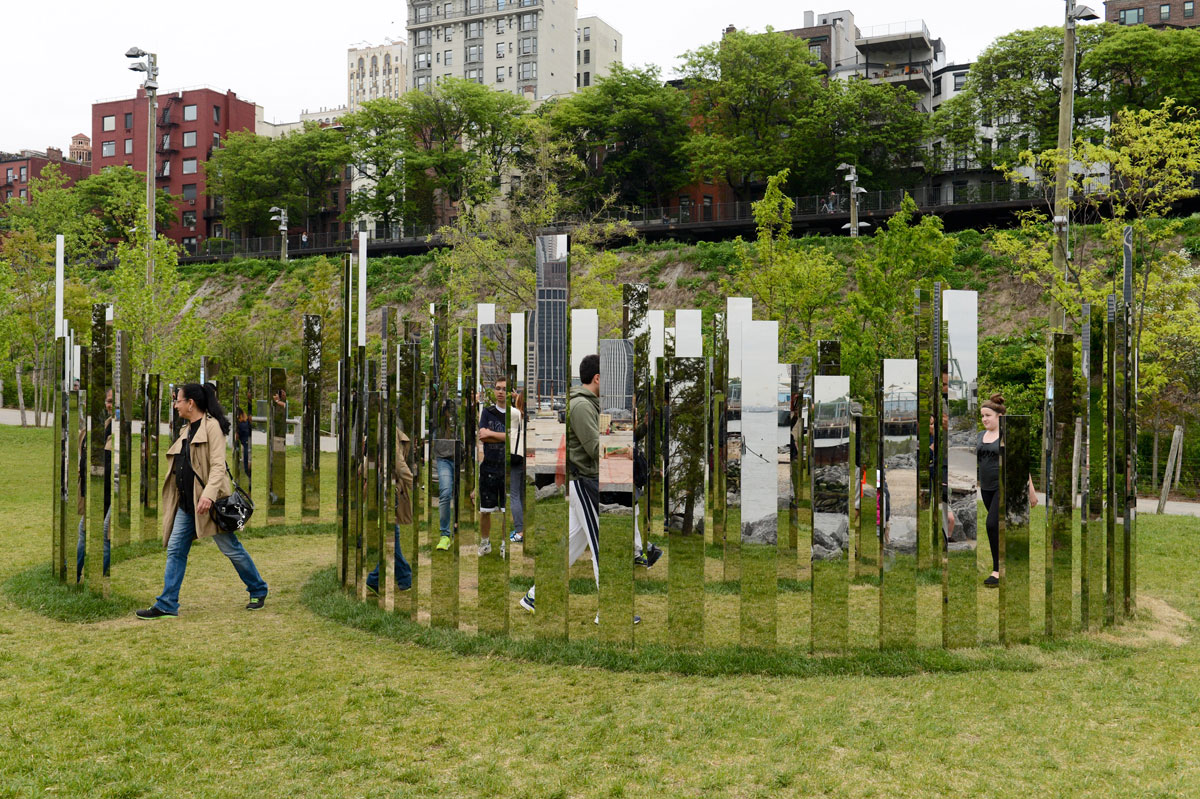
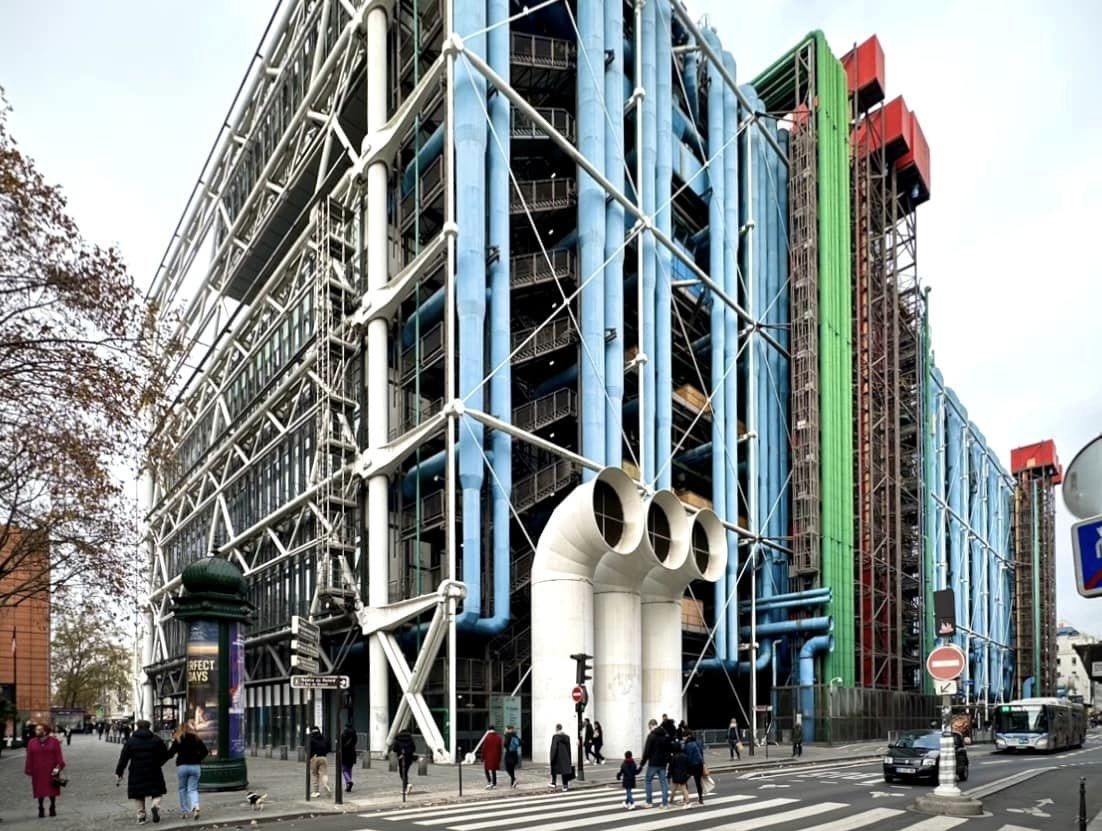
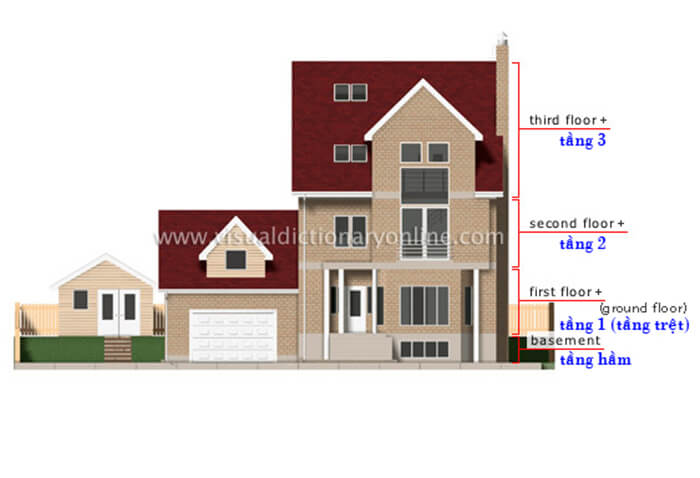
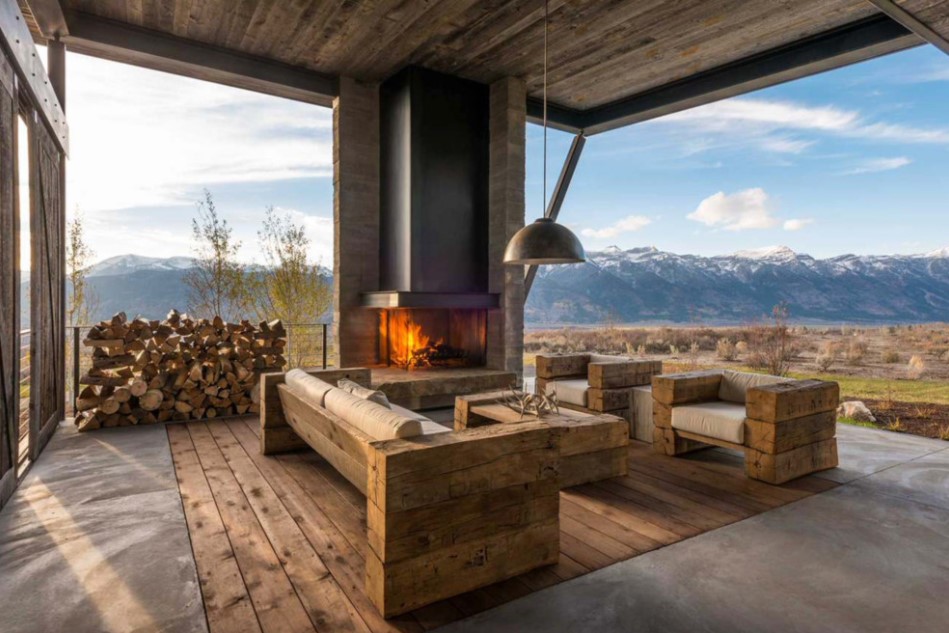
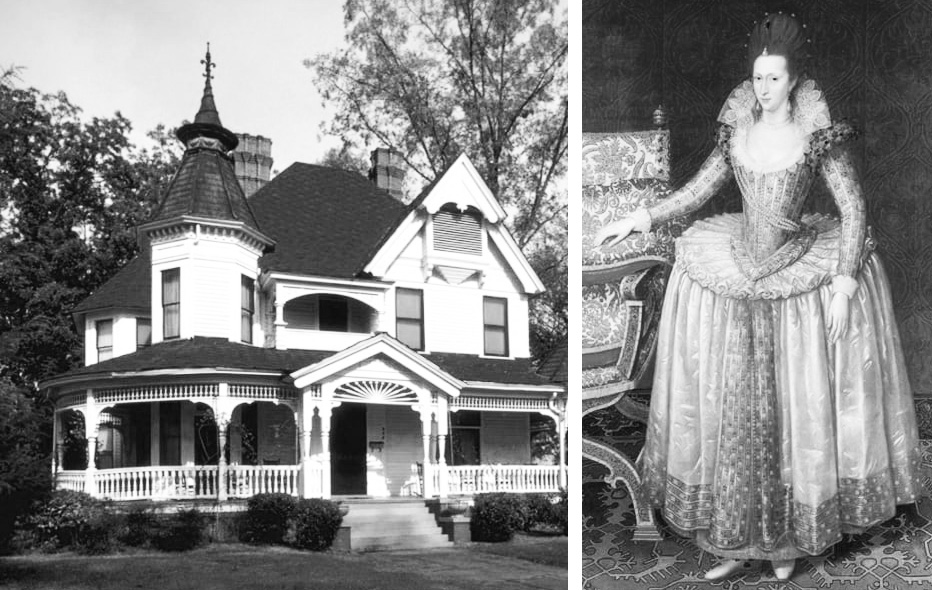
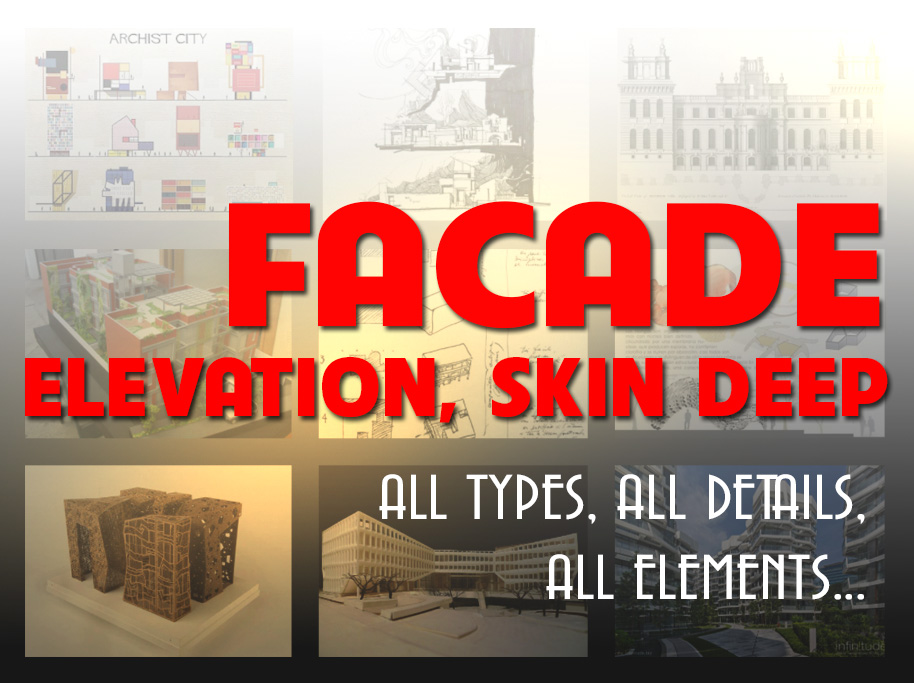
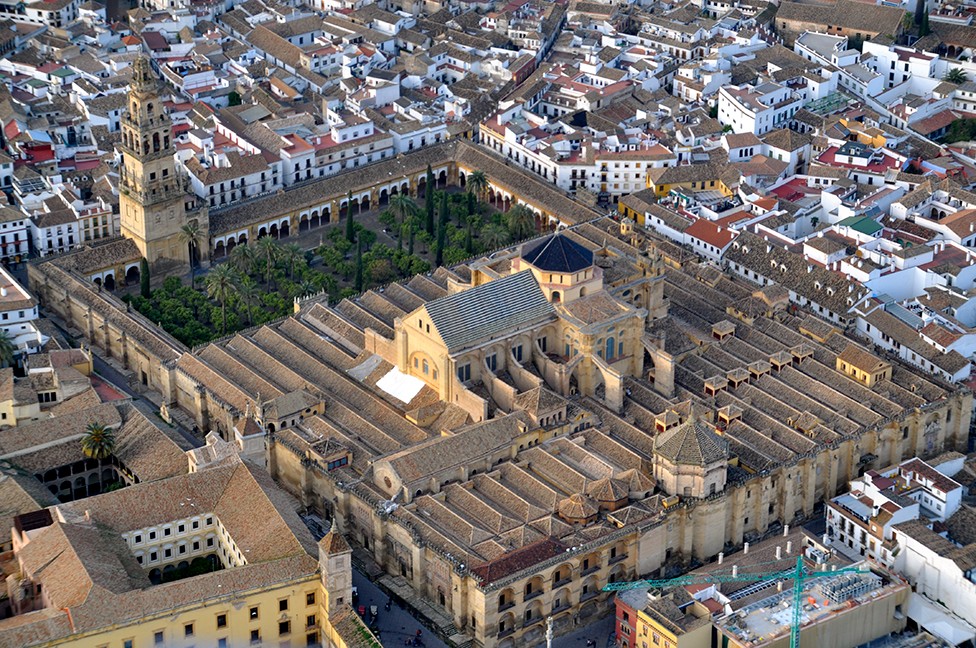
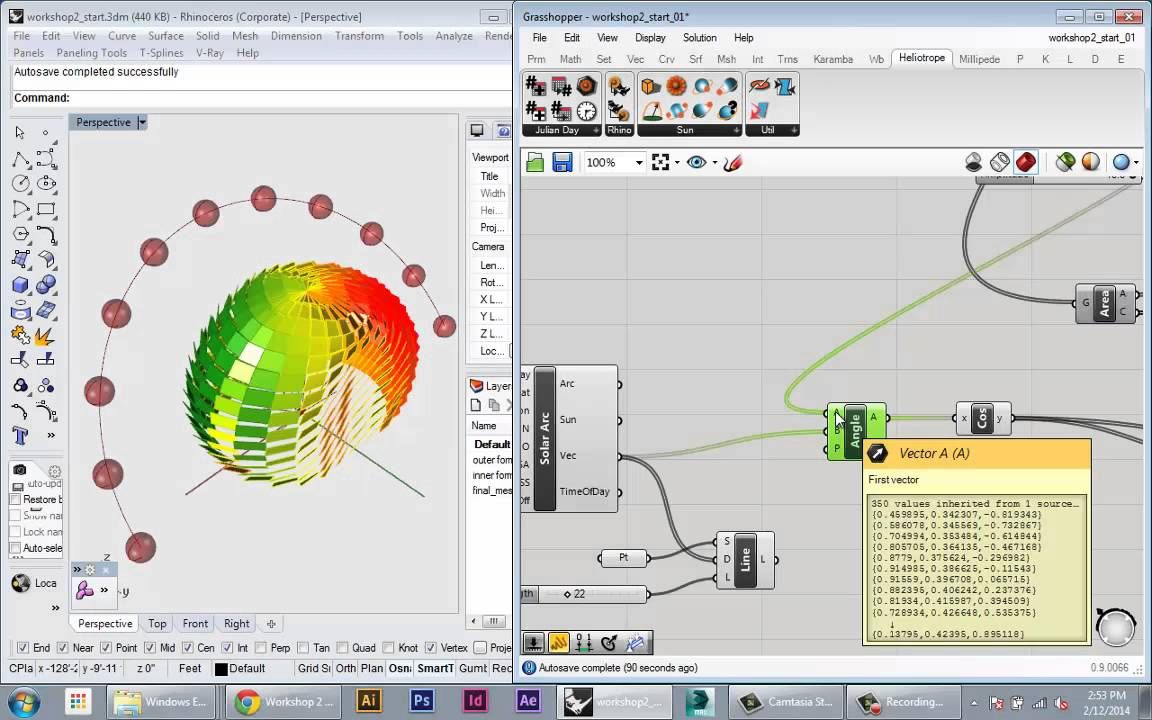

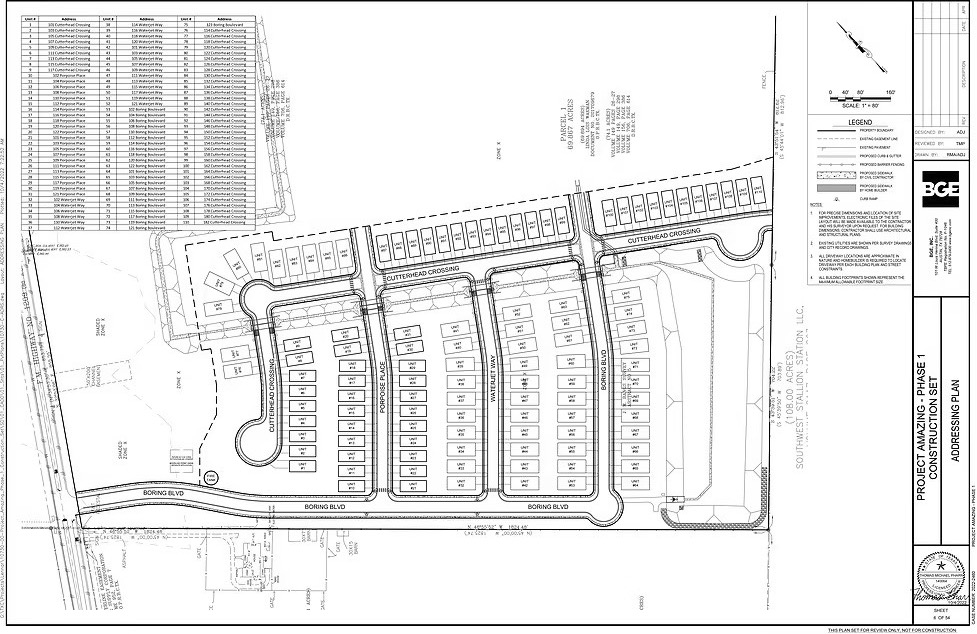
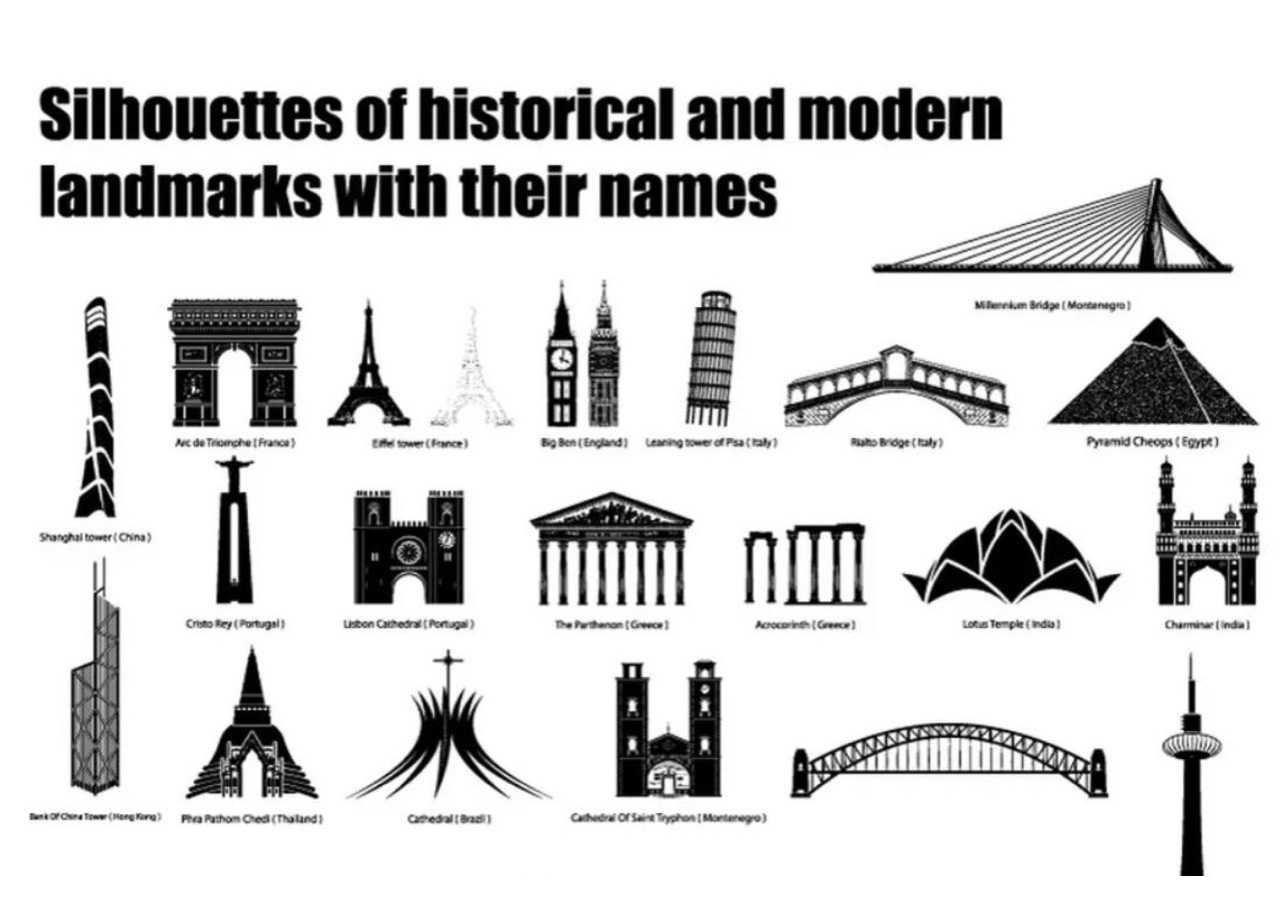
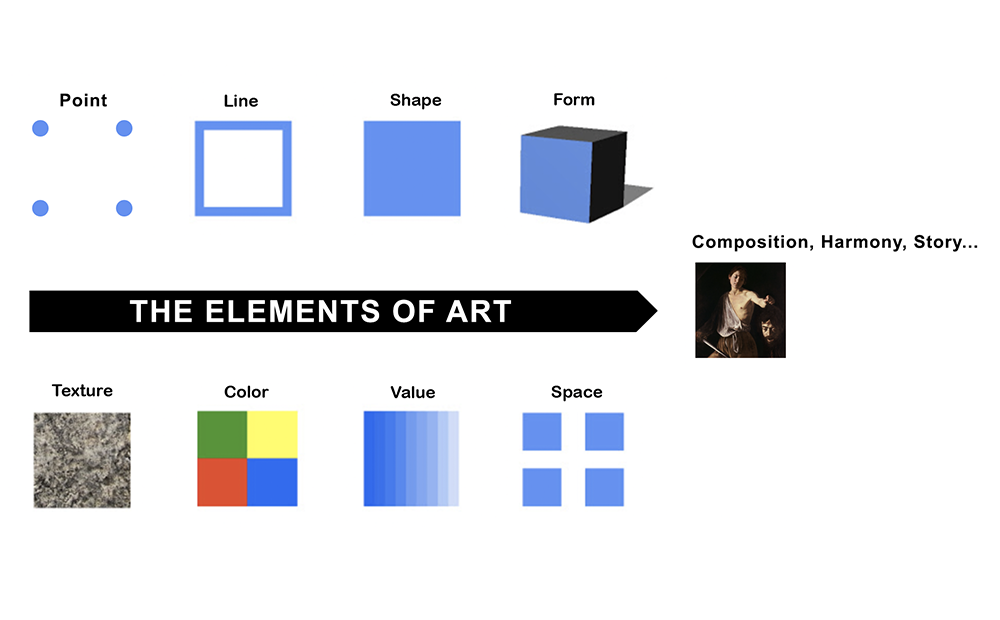
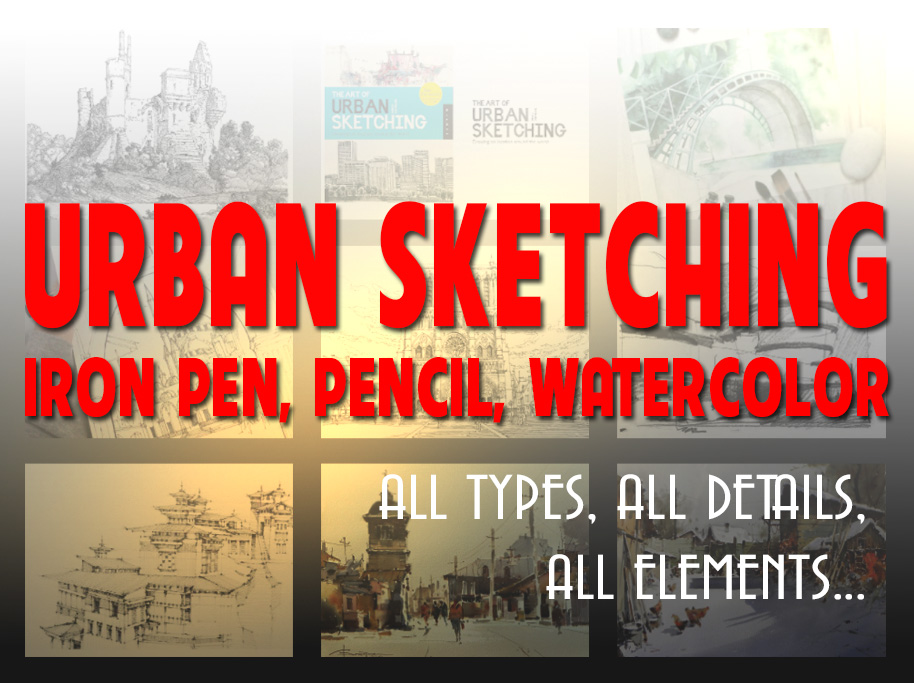
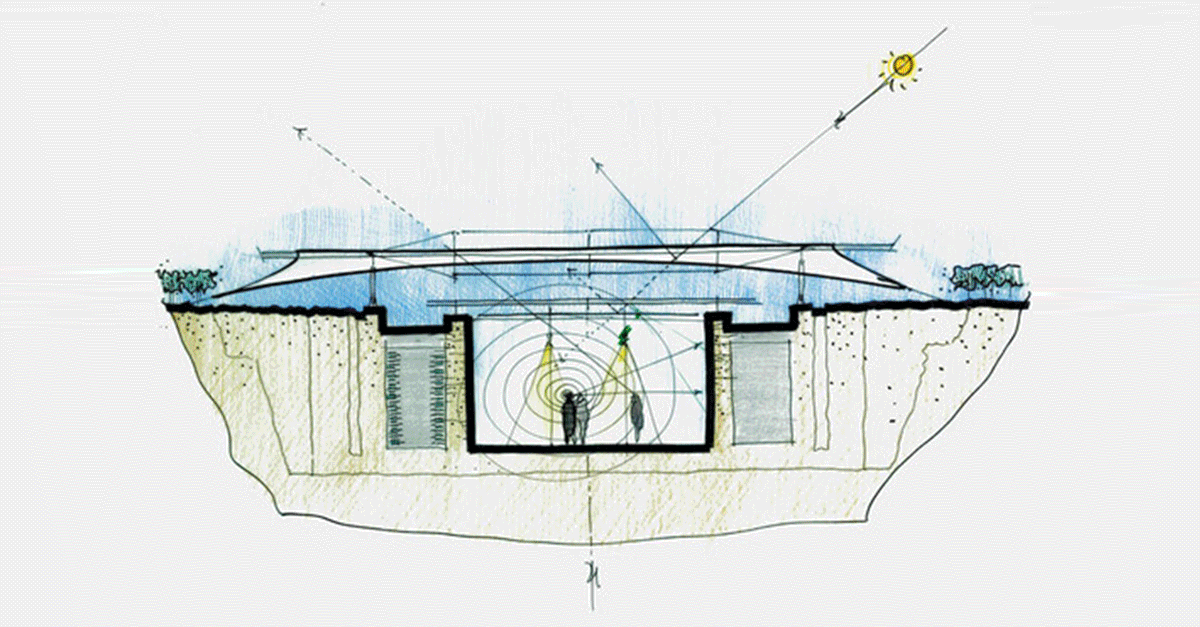

.jpg)

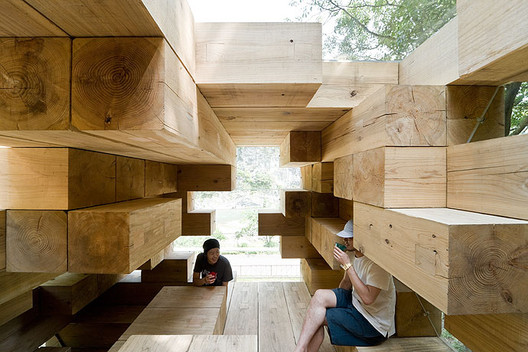

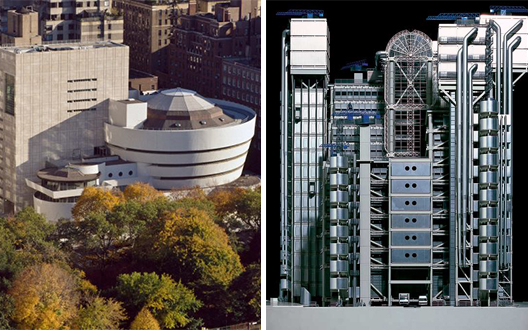
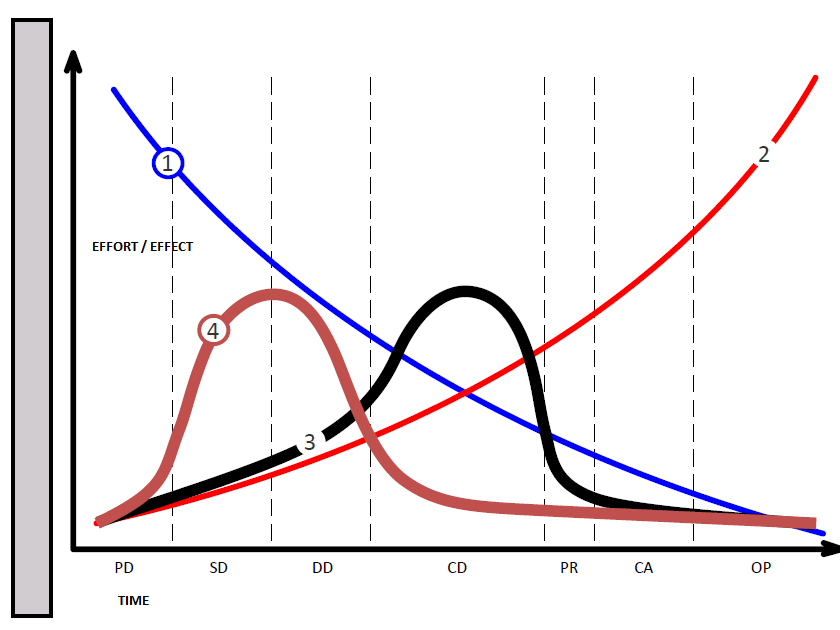








.png)



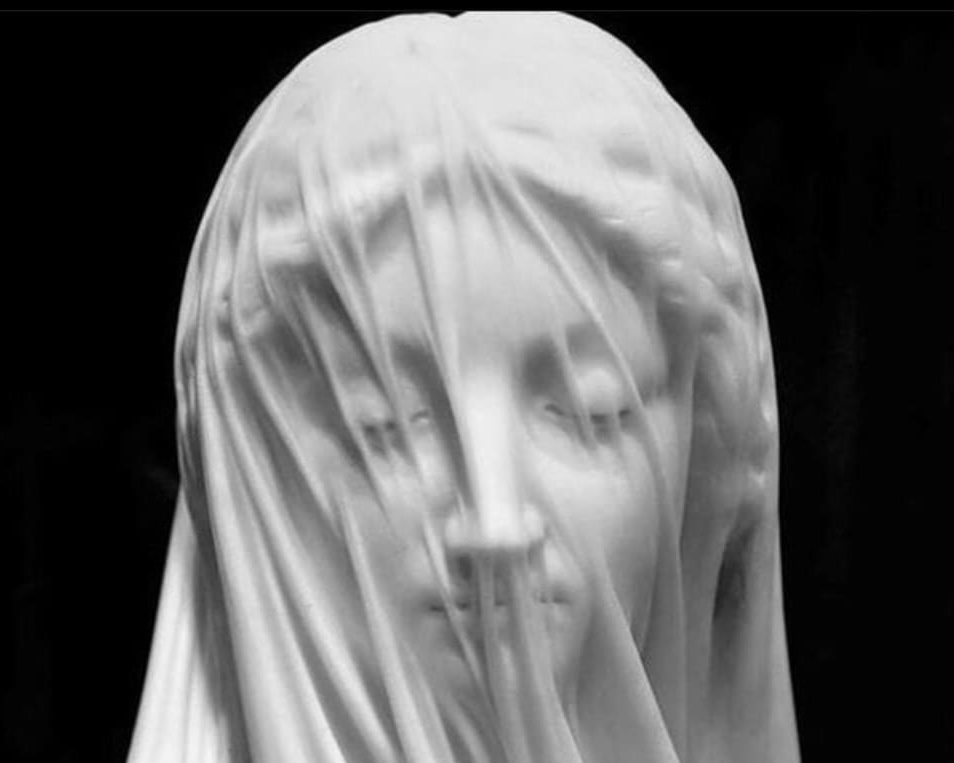
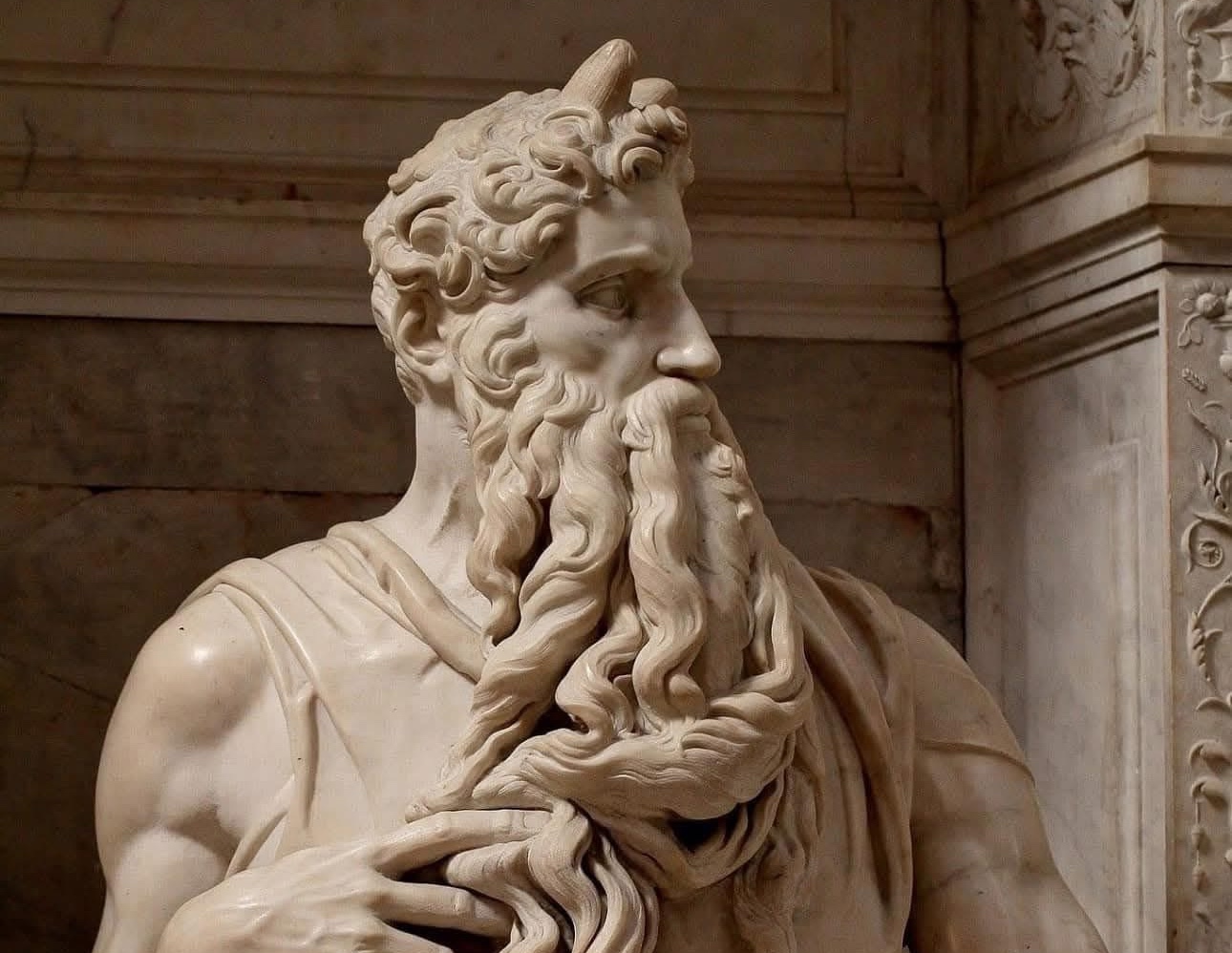
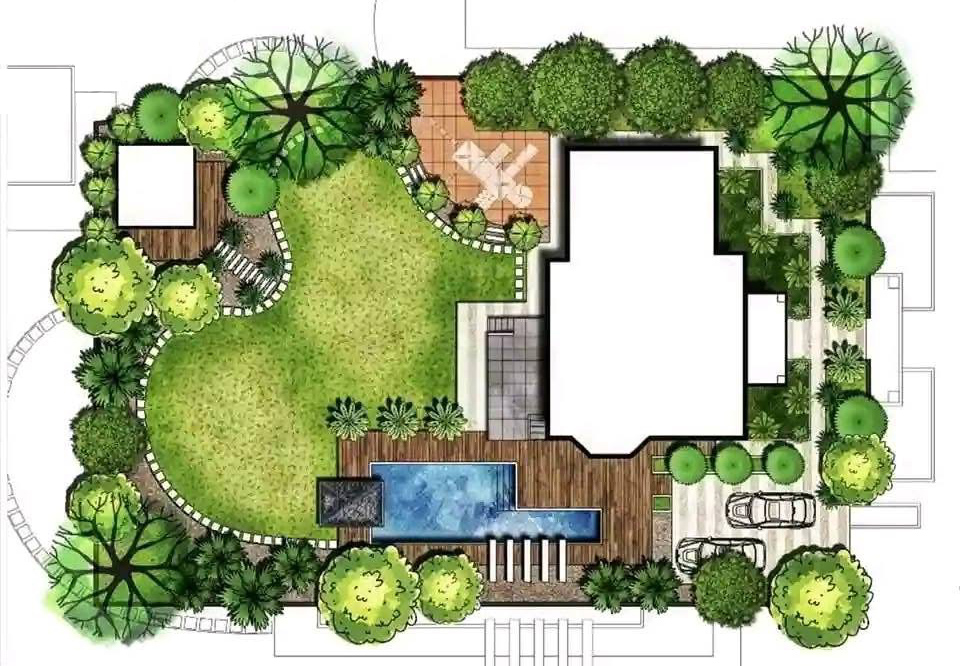



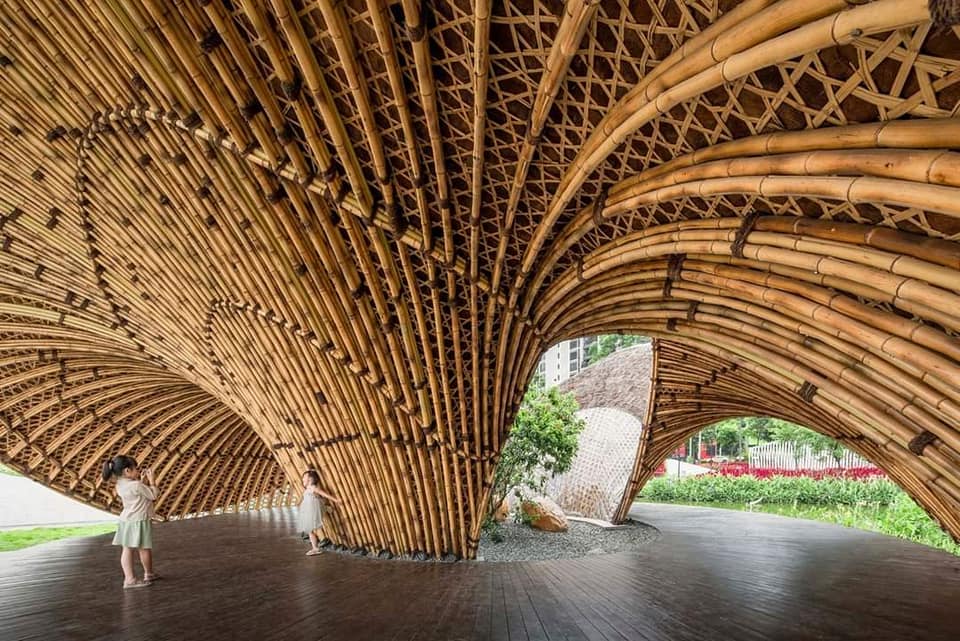



Bình luận từ người dùng